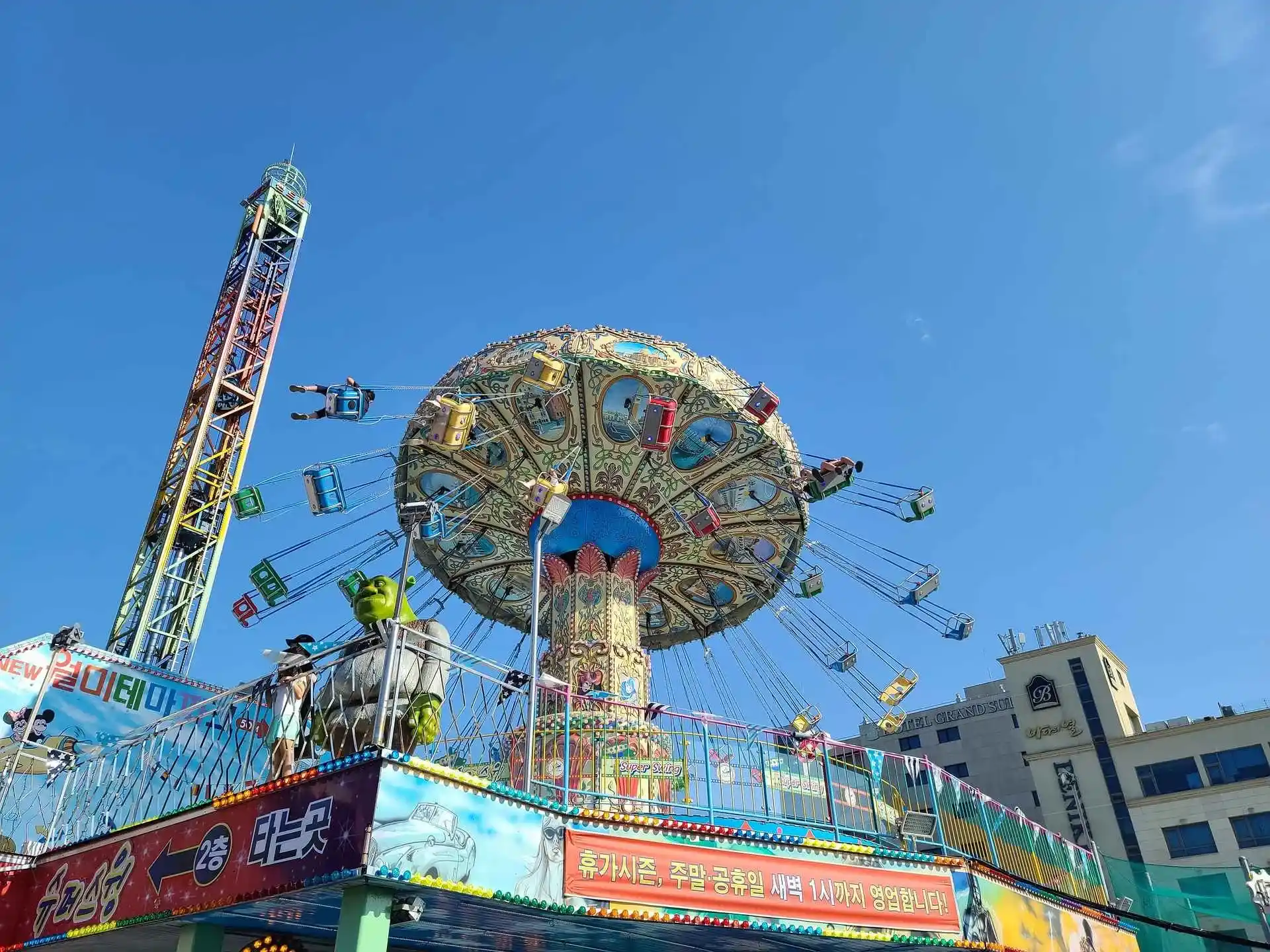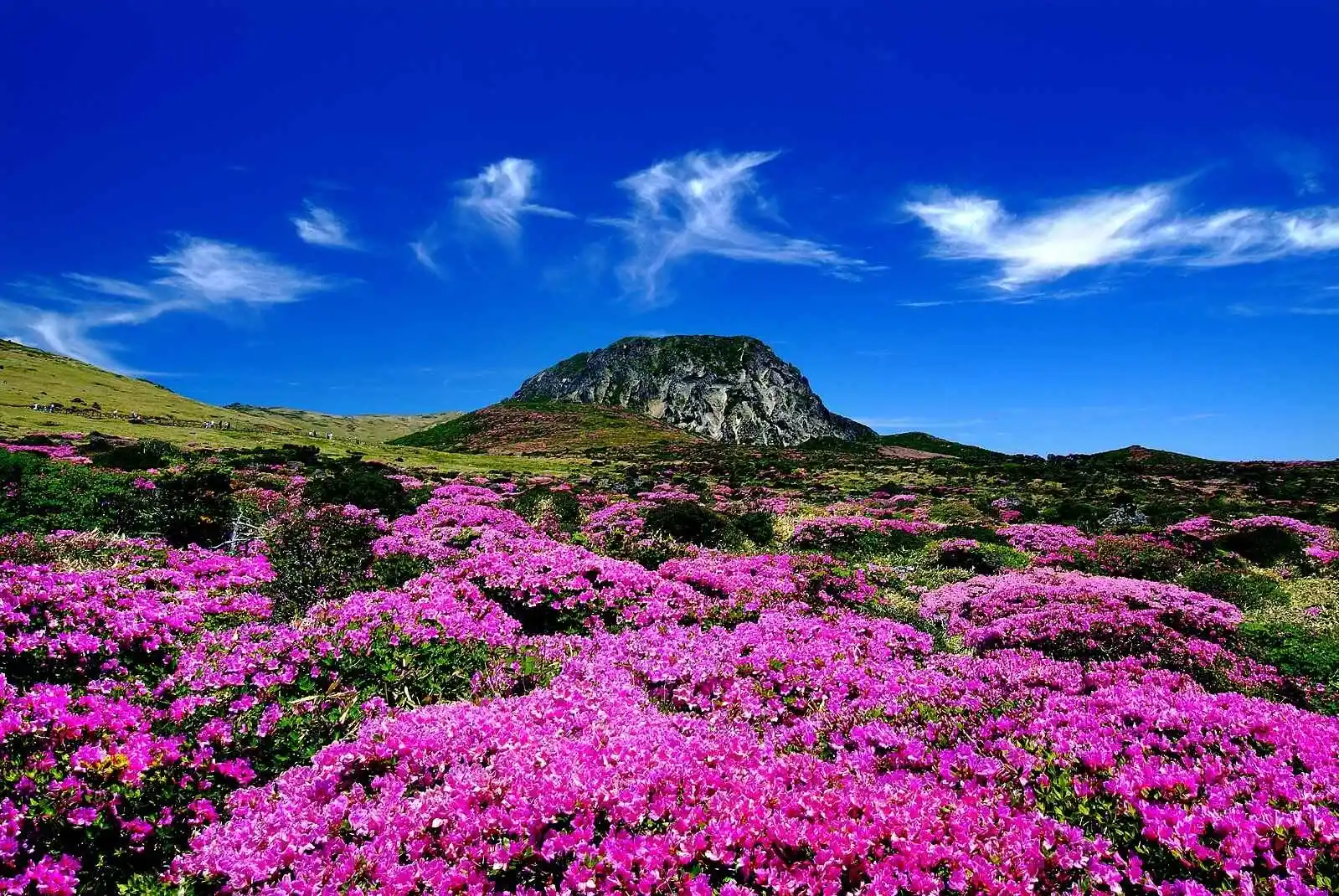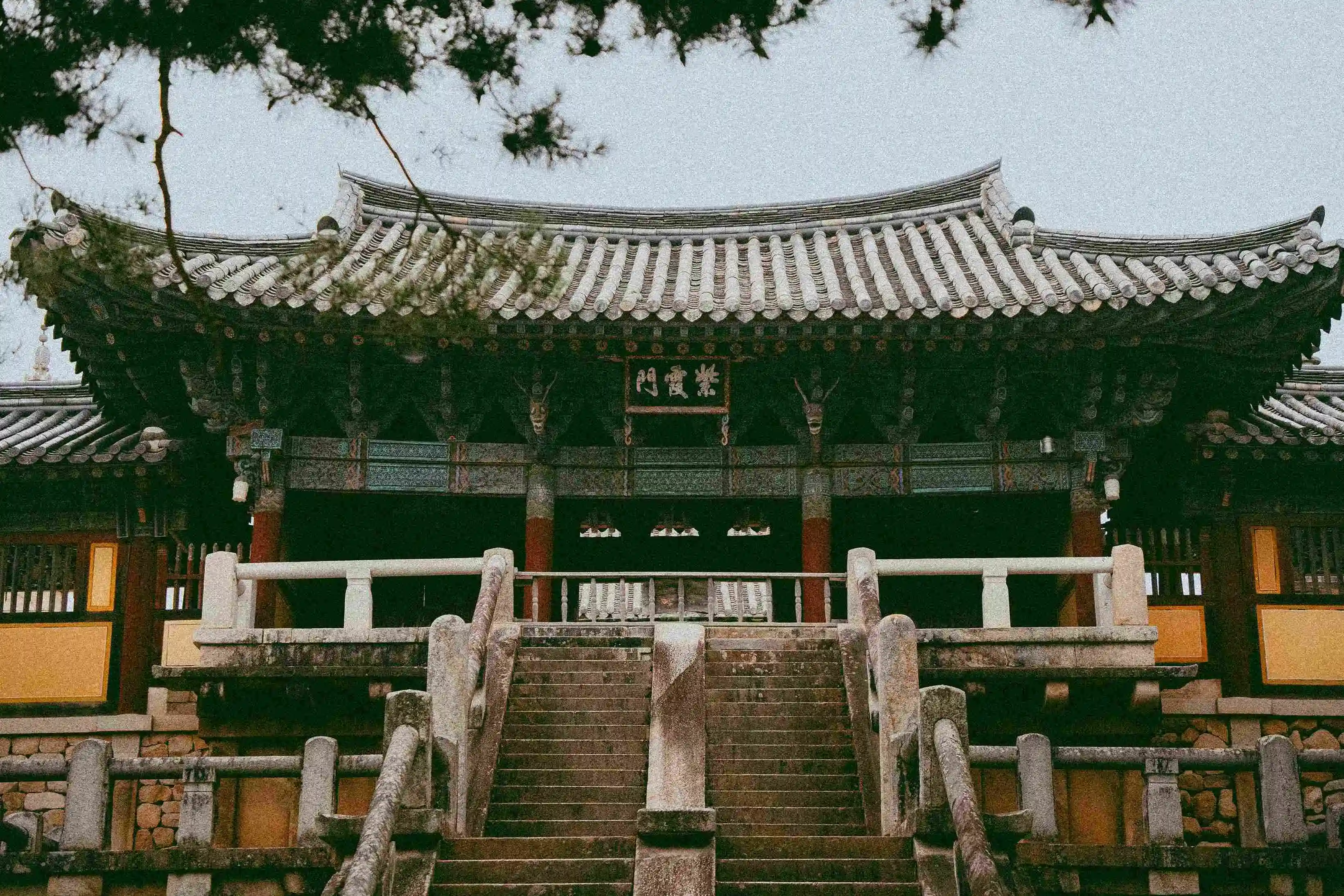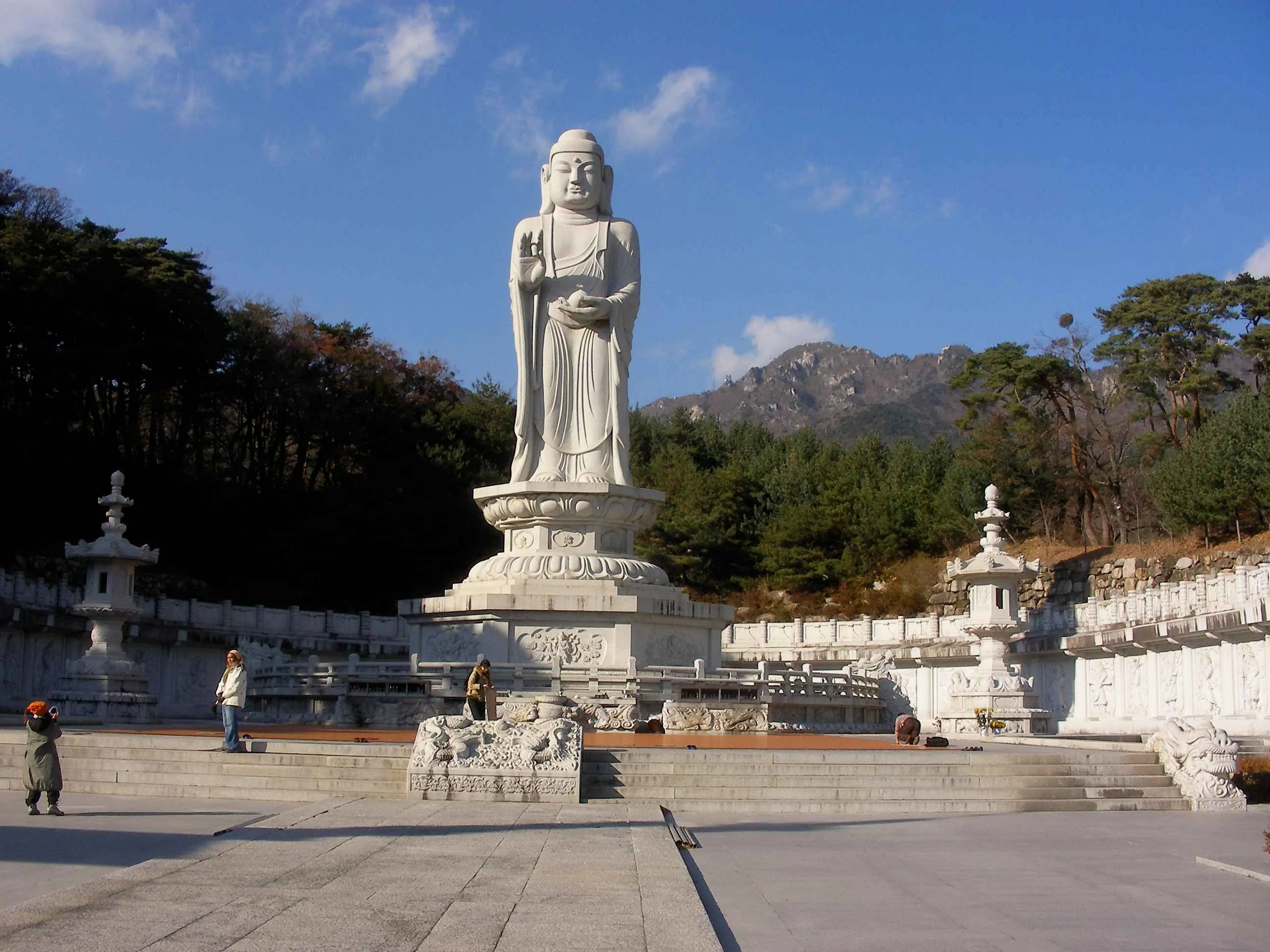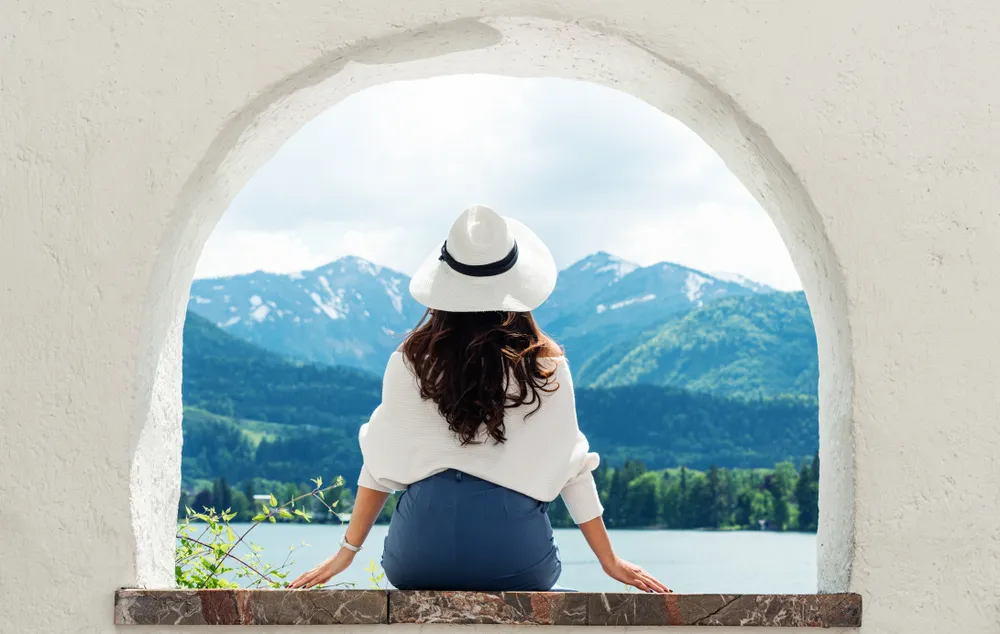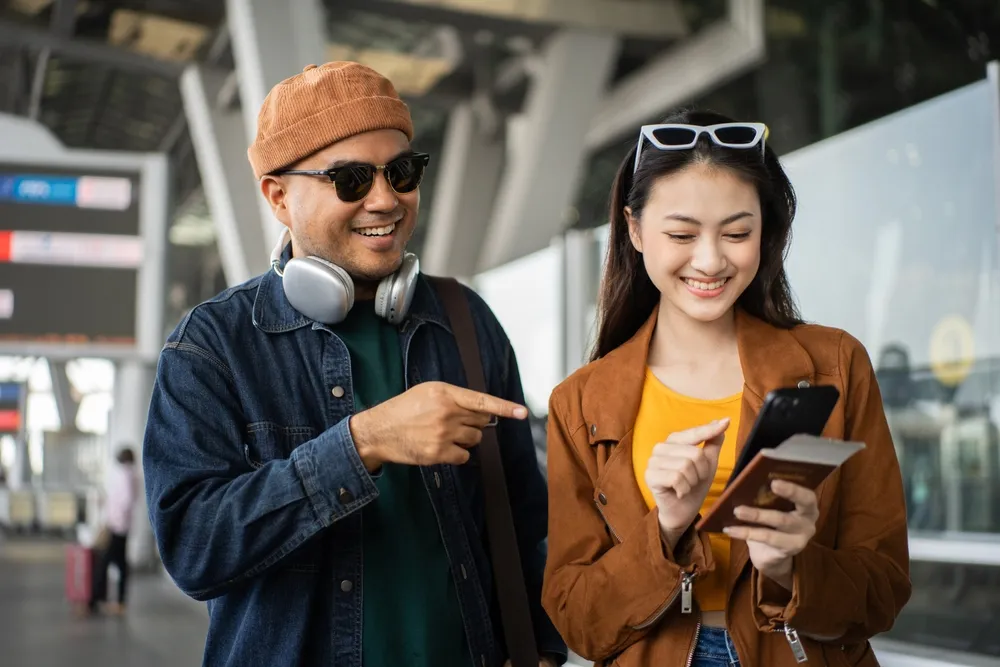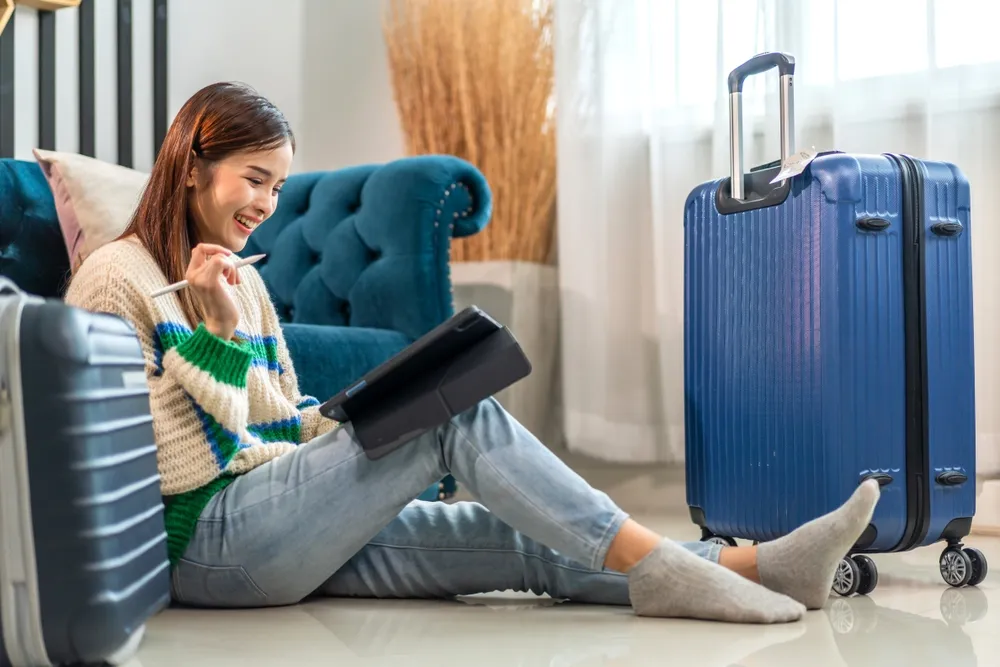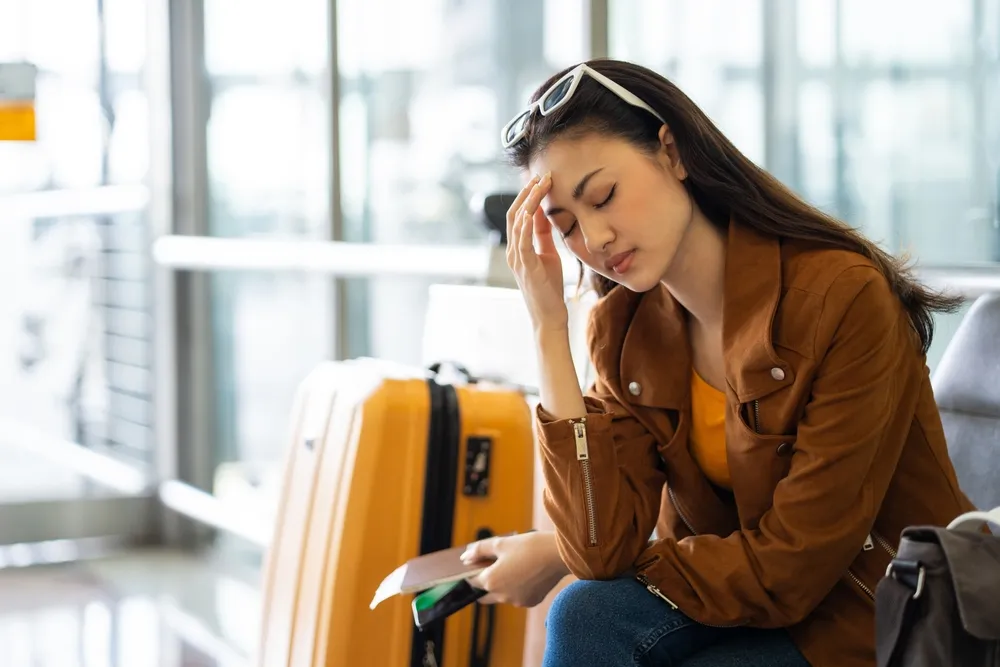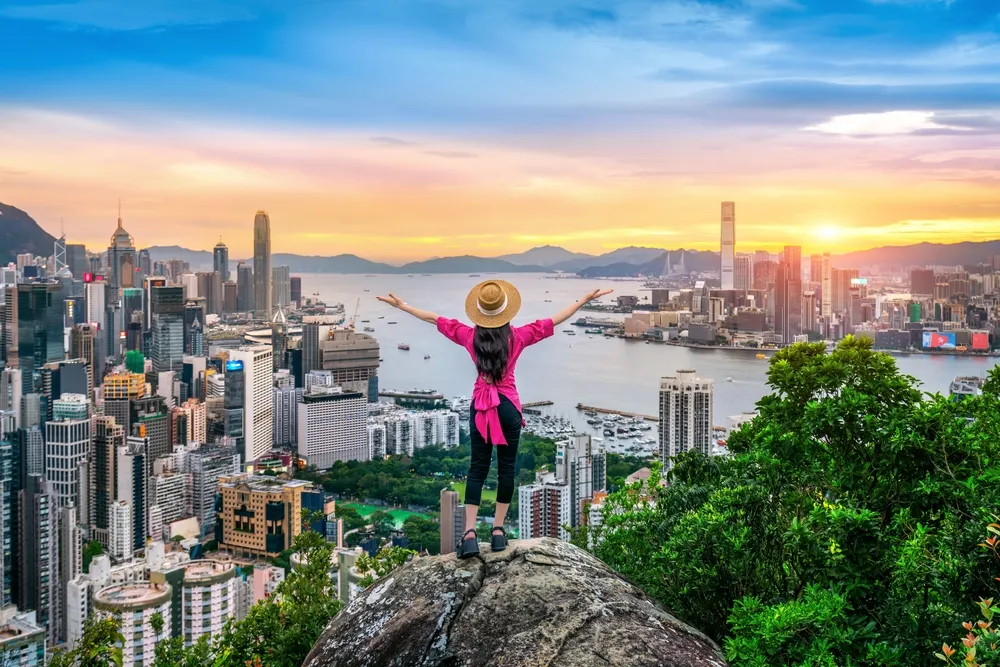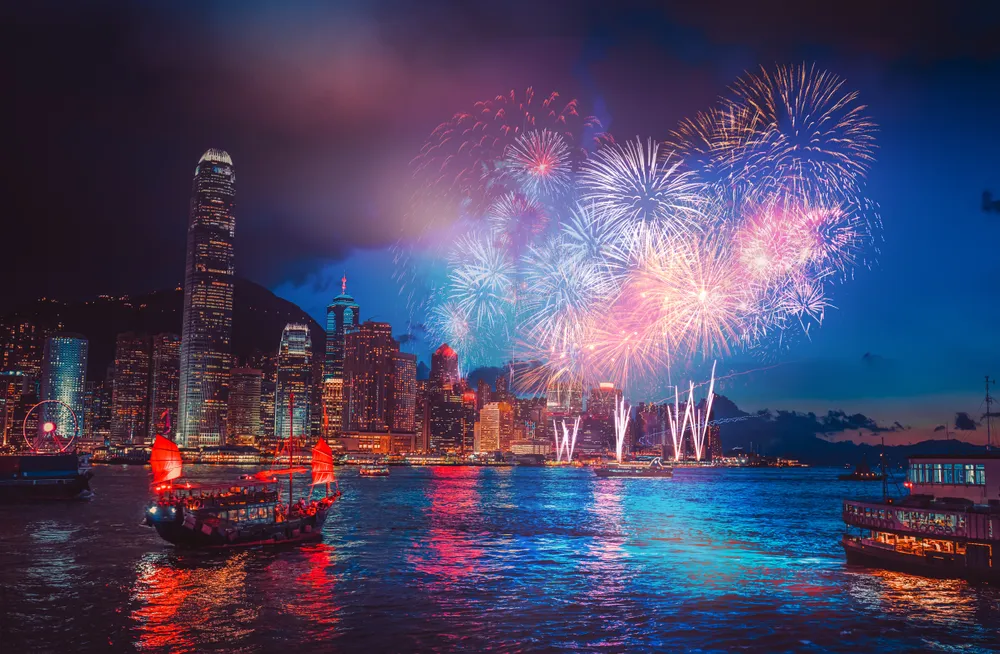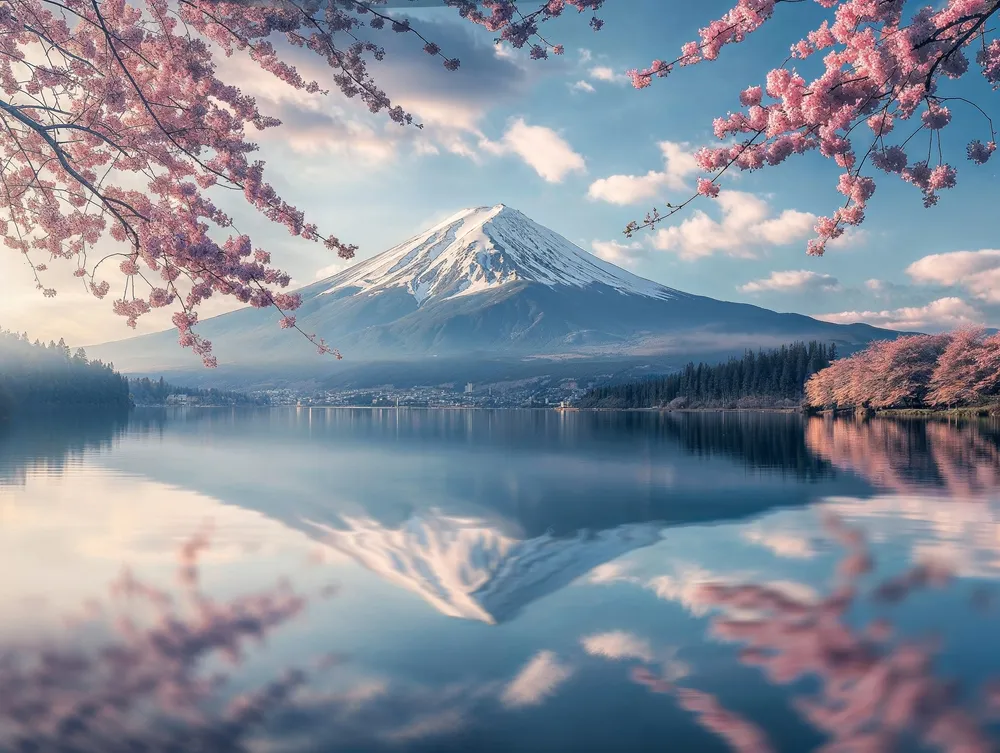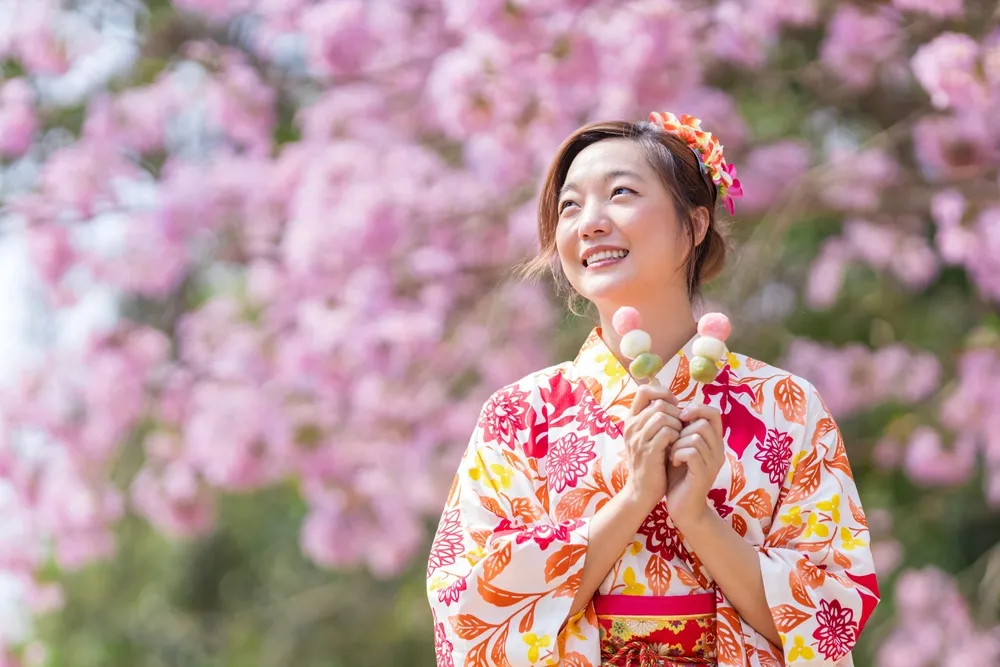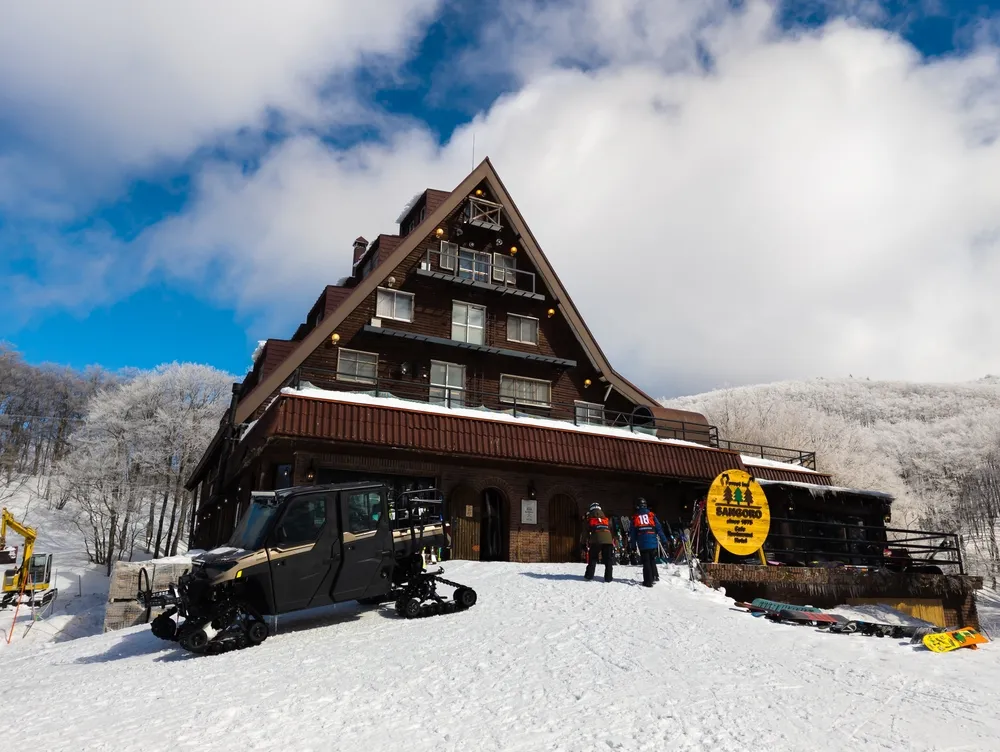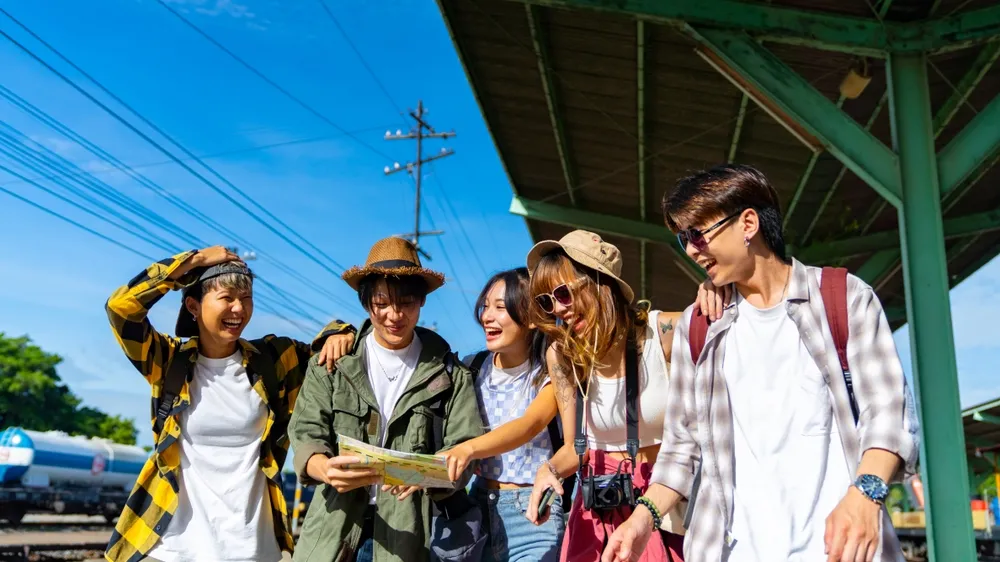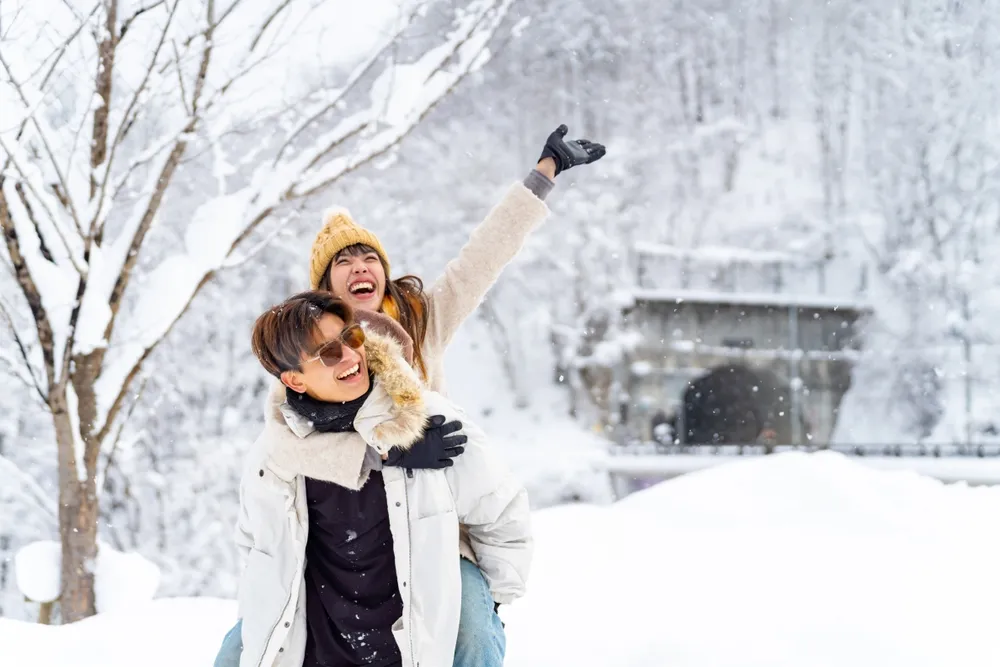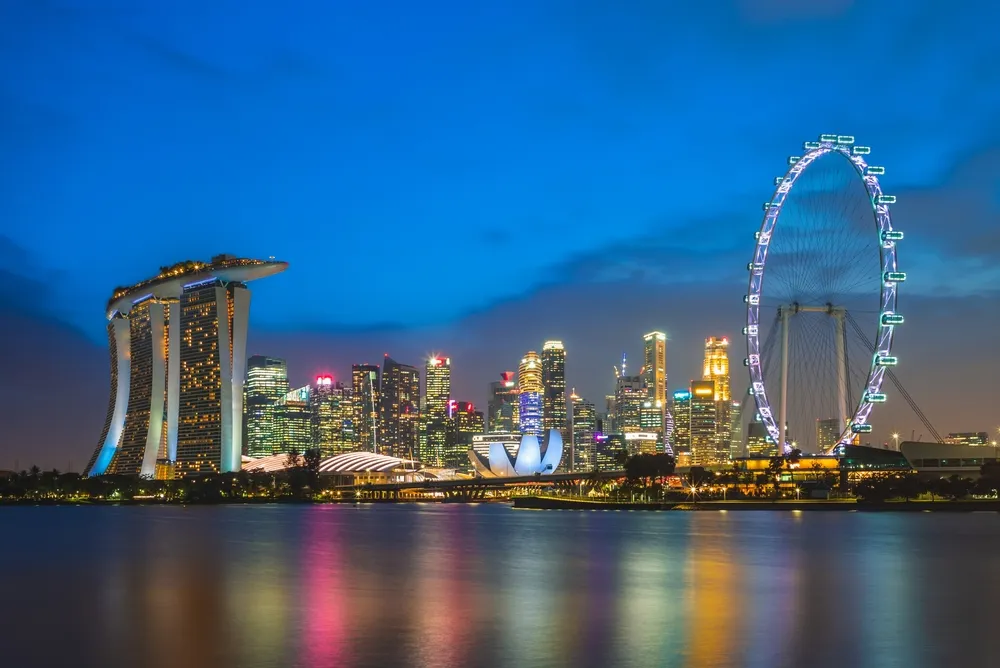E-World, an amusement park in Daegu, offers various rides and attractions, making it a fun destination for families. The park’s highlight is the 83 Tower, which provides panoramic views of the city. Filipino tourists can enjoy the thrill rides, explore the themed zones, and take in the views from the observation deck.
Travel Tips for Filipino Tourists
Visa Requirements
Filipino tourists need a visa to visit South Korea. Be sure to apply early to avoid delays. You'll need your valid passport, a filled-out visa form, passport-sized photos, proof of finances, and a travel itinerary. For accurate and up-to-date information on South Korea's tourist visa requirements for Filipino travelers, it's essential to consult official sources.
The Embassy of the Republic of Korea provides detailed guidelines and announcements regarding visa applications. Additionally, the Korea Visa Portal is a valuable resource for understanding various visa categories, application procedures, and required documents.
Travel Insurance
When planning a trip to South Korea, it's a good idea to get travel insurance. Travel insurance helps cover things like medical emergencies, canceled trips, lost luggage, and flight delays. Additionally, many travel insurance plans offer flight delay insurance, which can be particularly useful.
Flight delays happen often and can mess up your travel plans. With flight delay insurance, you get money back for extra costs like food, a place to stay, and transportation if your flight is delayed. This helps you feel secure and protects your wallet, so you can relax and enjoy your trip without stressing over possible problems.
Make sure you're covered for any eventuality. Purchase your travel insurance and flight delay insurance through Oona Insurance today.
Best Time to Visit
South Korea has four seasons, each with its own special charm. Spring (March to May) and autumn (September to November) are great times to visit because of the nice weather and beautiful scenery. Winter (December to February) is perfect for snow and winter sports lovers, and summer (June to August) is ideal for beach fun and festivals.
Cultural Etiquette
Respectful Greetings: In Korea, bowing is a common greeting. When meeting someone for the first time, a small bow and a handshake are good manners.
Dining Etiquette: In Korean restaurants, wait for the oldest person to start eating before you do. Also, know how to use chopsticks and a spoon properly.
Shoes Off: In traditional Korean homes and some places, you need to take off your shoes before going inside. It's polite to follow this custom.
Conclusion
South Korea offers a diverse range of attractions and experiences that cater to the interests of Filipino tourists. From the bustling streets of Seoul to the tranquil landscapes of Jeju Island, there is something for everyone in this beautiful country. By following this guide, Filipino travelers can make the most of their visit to South Korea, creating unforgettable memories along the way.







